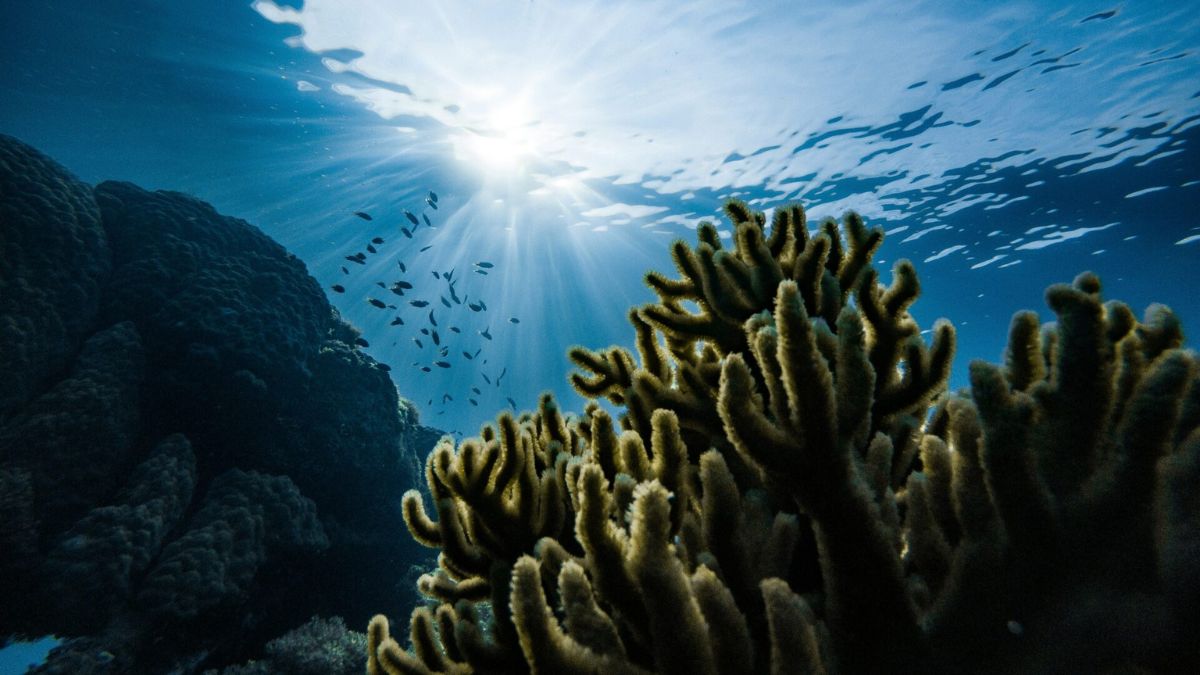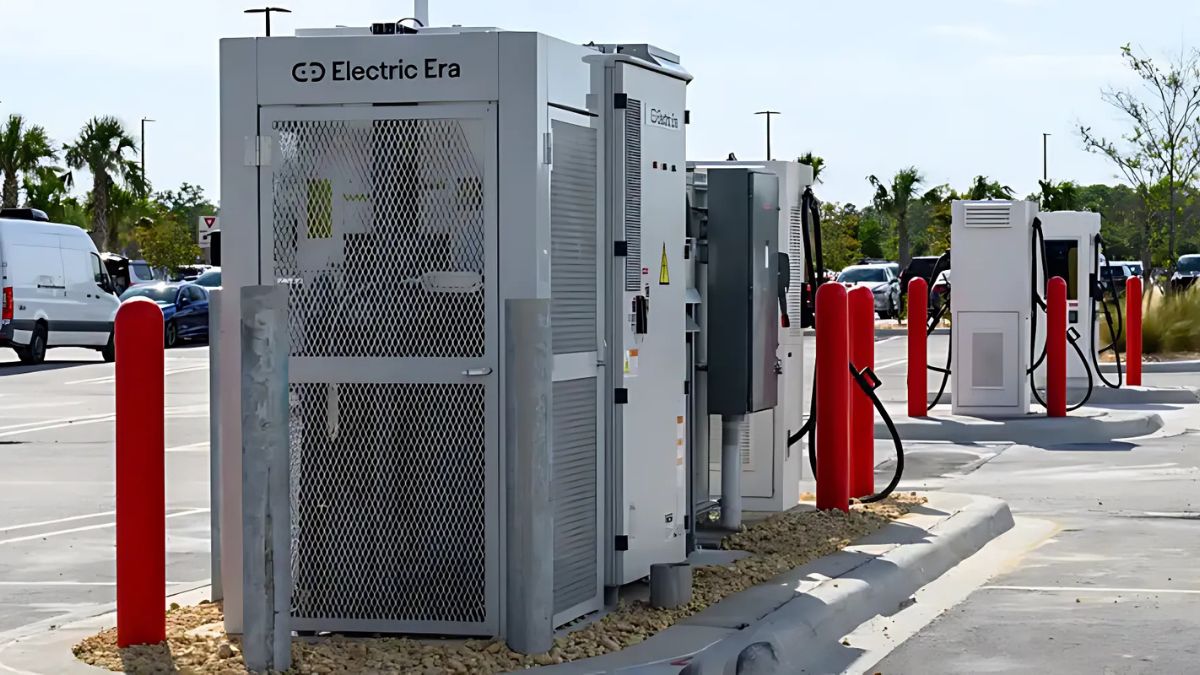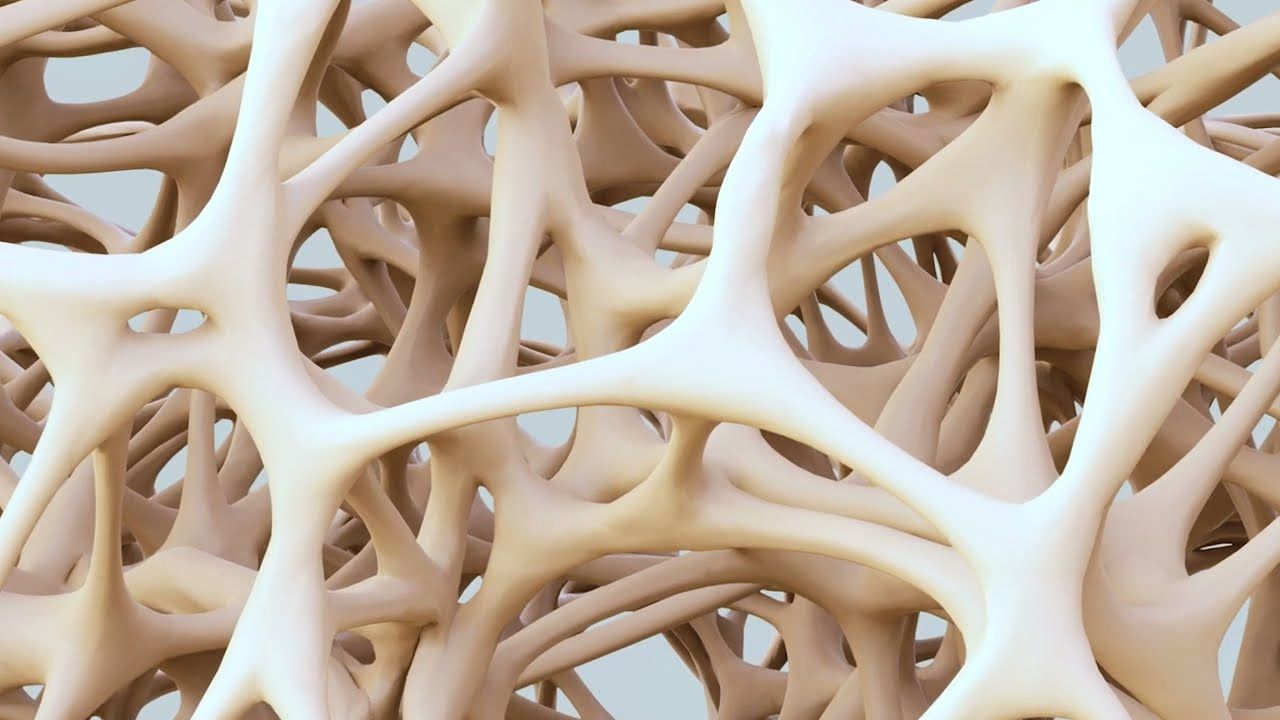Ocean acidification isn’t just a scary scientific term. It’s a real and growing problem, changing the chemistry of our seas and threatening everything from tiny plankton to global industries like fishing and tourism. Most of us won’t see it just by looking at the ocean, but beneath the surface, serious changes are happening — and fast.
So, what exactly is ocean acidification, and why should you care? Let’s break it down.
Chemistry
Ocean acidification is the result of the sea absorbing carbon dioxide (CO₂) from the atmosphere. When CO₂ mixes with seawater, a chemical reaction occurs that lowers the ocean’s pH — making it more acidic. The more acidic the water becomes, the harder it is for marine animals like corals, oysters, and certain plankton to survive.
Why? Because these creatures rely on calcium carbonate to build their shells and skeletons. Acidic waters reduce the amount of calcium carbonate available, so these animals struggle to grow and survive. When their population drops, it impacts the entire marine food chain — including the fish people eat and the ecosystems they live in.
Impact
This isn’t just a theory. Real-world studies show ocean acidification is affecting ecosystems, economies, and communities. Coral reefs are bleaching, shellfish industries are suffering, and millions of people living near coastlines — who depend on marine life for food and income — are already feeling the impact.
It’s not just about pretty corals and exotic fish. This affects food security, jobs, and the health of our oceans.
Limits
Scientists talk about something called a “planetary boundary” — a line we shouldn’t cross if we want to keep ecosystems safe. One of these boundaries is based on aragonite levels (a form of calcium carbonate). When aragonite saturation drops by 20%, the ocean is said to have crossed into dangerous territory.
That’s because most marine organisms can’t function properly below that threshold. But here’s the shocking part: some scientists argue that even a 10% drop should be considered dangerous. That’s how serious this is.
Regions
So, where is this happening the fastest? According to oceanographer Helen Findlay from the Plymouth Marine Laboratory, the polar regions — especially around Antarctica — are showing the biggest changes. The deep ocean near the equator and the East Coast of North America are also experiencing worrying shifts.
Why polar regions? Cold water absorbs more CO₂, so these areas are often the first to feel the effects. Unfortunately, that means wildlife in those places is under intense stress.
Warning
This isn’t just another warning to file away. Scientists are sounding the alarm louder than ever. The study on planetary boundaries identifies nine environmental limits that we shouldn’t cross if we want Earth to stay stable and livable.
We’ve already crossed six of them. Ocean acidification would be number seven.
That’s terrifying — and it’s a clear sign we’re running out of time. Once we pass these boundaries, the damage may be irreversible.
Action
So, what can be done? Scientists and experts are calling for immediate action on multiple fronts:
- Focus on protecting the most vulnerable ocean regions
- Preserve marine environments that are still healthy
- Cut greenhouse gas emissions — especially CO₂
This isn’t just a marine biology issue. It’s a climate crisis problem. If acidification continues, it’ll impact economies, food supplies, and the environment we all depend on. The tragedy is that many people only care when the issue lands in their backyard. But this is already happening in someone else’s — and sooner or later, it will reach ours.
It’s easy to feel disconnected from changes happening under the ocean’s surface, but the consequences are very real. Institutions, governments, and industries need to act — and listen to the science — before we cross another planetary point of no return.
FAQs
What causes ocean acidification?
It’s caused by oceans absorbing carbon dioxide from the air.
Why is acidification bad for marine life?
It reduces calcium carbonate, harming shell-building organisms.
Where is acidification happening fastest?
In polar regions and near the East Coast of North America.
What is a planetary boundary?
It’s a limit we shouldn’t cross to keep Earth stable.
Can ocean acidification be reversed?
It can be slowed by cutting greenhouse gas emissions.




















